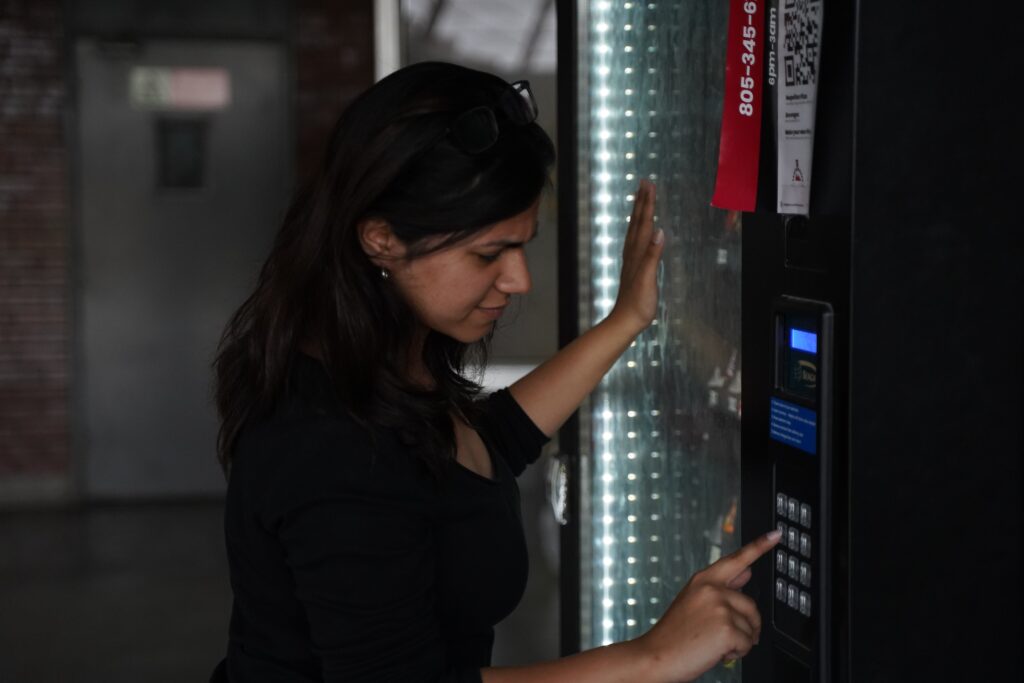Vending machines have come a long way since their invention in the early 1880s. Today, they are a common sight in most public spaces, including schools, offices, hospitals, and airports. They offer convenience and ease of access to various products, ranging from snacks and beverages to electronics and beauty products. To make vending machines even more convenient, vending card readers have been introduced. In this ultimate guide, we will explore everything you need to know about vending card readers.
What are Vending Card Readers?
Vending card readers are devices that enable vending machines to accept payments from debit and credit cards. These devices allow customers to pay for their purchases without the need for cash. Vending card readers come in various types and models, but their primary function is to process card payments and communicate with the vending machine to dispense products.
Benefits of Vending Card Readers
Vending card readers offer several benefits to both vending machine owners and customers. Some of these benefits include:
Increased Sales: Vending machines that accept card payments tend to attract more customers than those that only accept cash. This is because customers today prefer to pay with cards, especially when they do not have cash on hand.
Convenience: Vending card readers make it easy and convenient for customers to purchase products without the need for cash. This is particularly useful in situations where customers need to make an urgent purchase, and they do not have cash on them.
Security: Vending card readers reduce the risk of theft and vandalism associated with cash payments. With card payments, there is no cash for thieves to steal, reducing the risk of vandalism and theft.
Increased Revenue: Vending card readers enable vending machine owners to generate more revenue by accepting card payments, which tend to be higher than cash payments.

Types of Vending Card Readers
There are several types of vending card readers available in the market today. Each type has its unique features and functionalities. Some of the common types include:
Swipe Card Readers: These are the most common types of vending card readers. They work by reading the magnetic stripe on the back of a debit or credit card. Swipe card readers are easy to use and are compatible with most vending machines.
EMV Card Readers: EMV stands for Europay, Mastercard, and Visa. These are chip card readers that are more secure than swipe card readers. EMV card readers work by reading a microchip embedded in the debit or credit card. They are more secure than swipe card readers as they encrypt the data and prevent skimming.
Contactless Card Readers: These are the latest types of vending card readers. They use near-field communication (NFC) technology to communicate with the customer’s mobile device or card. Contactless card readers are faster and more convenient than swipe or EMV card readers.
Factors to Consider When Choosing a Vending Card Reader
When choosing a vending card reader, several factors need to be considered. These factors include:
Compatibility: The vending card reader should be compatible with the vending machine. Some vending card readers are designed for specific vending machines, while others are compatible with a range of vending machines.
Security: The vending card reader should be secure to prevent fraudulent activities. EMV card readers are more secure than swipe card readers.
Cost: The cost of the vending card reader should be considered, as it can vary depending on the type and model. Some vending card readers require ongoing fees, while others are a one-time purchase.
User-Friendliness: The vending card reader should be easy to use for both the customer and the vending machine owner. This can be achieved by choosing a vending card reader with a user-friendly interface and clear instructions.
Conclusion
Vending card readers have revolutionized the vending machine industry


